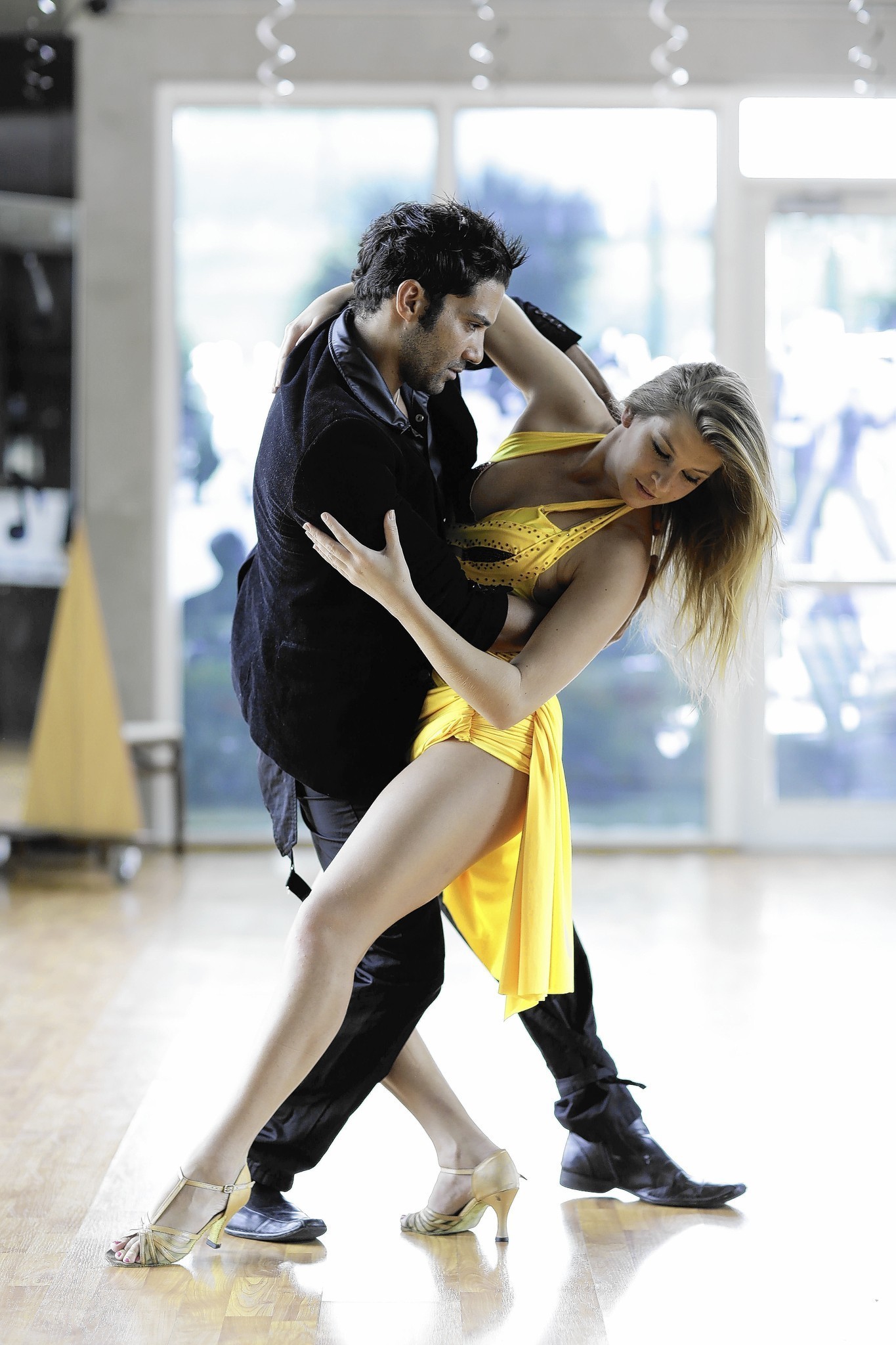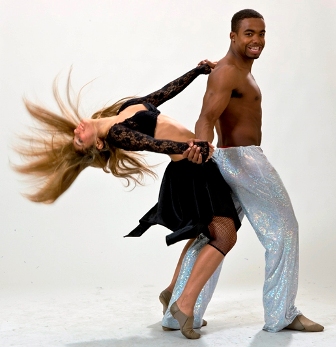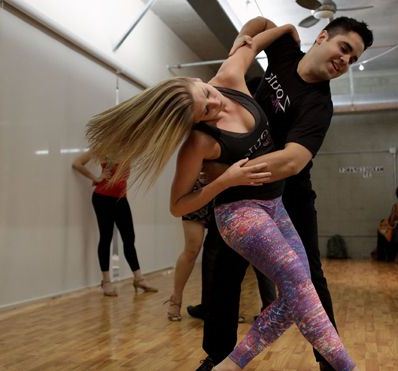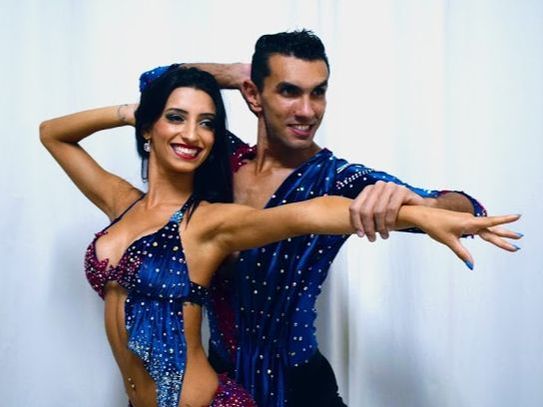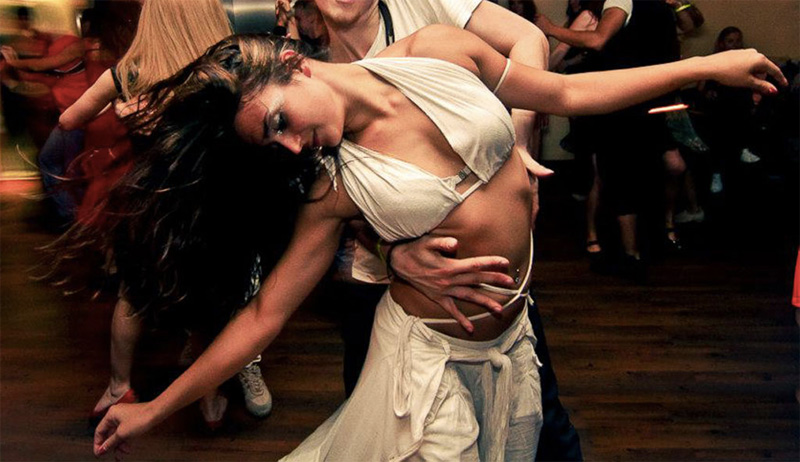Zouk
See also: Categories: History, Dance Styles, Latin
Year: late 1980's
Origin: Brazil
Time signature: 4/4
Beats per minute (BPM): 120
Definition
Brazilian zouk dance is a partner dance originating from Brazil. Also known as zouk-lambada, the dance is a descendant of lambada, the music & dance style that swept over the world like a storm in the late 1980's. Brazilian zouk is characterized by the dancers’ undulating bodies and the girls' flowing hair. Depending on the style of Brazilian zouk, you can see a close connection embrace and long graceful steps, strong hip movements, body isolations and upper-body torsions, wild spins and whip-like head movements. While the dance is often called sensual, it is not sexual or erotic. It is danced by people of all ages in night clubs, dance schools and events around the world!
Styles Overview
Like many dance styles, Brazilian zouk is ever evolving. There are a few different lines or styles of Brazilian zouk, the main three derivations at the moment being ‘lambazouk’, ‘traditional zouk’ and ‘modern zouk’.Lambazouk
(or zouk-lambada or Porto Seguro style) has the closest connection to lambada. Lambazouk dancers use 1-2-3 (or quick-quick-slow) rhythm and dance to a more upbeat music. The dance incorporates the accents of the music with hip movements, deep dips, whip-like head movements and fast turns. Exchanging partner’s mid-song, leading with only visual contact and strong positive energy are typical for lambazouk.Traditional zouk
(or Rio style zouk) is a more sensual, romantic and dramatic style of Brazilian zouk. The dancers use the slow-quick-quick rhythm, marking ‘tum’ beat in the zouk music. It is common to not use only the rhythm but also the pauses, melody and lyrics in the dance as well as utilize different dynamics in the timing. Moves such as body rolls and extensions are typical as well as movements influenced by jazz, ballet and contemporary dance.Modern zouk
(or Neo zouk) is a highly diverse group that sums up the latest variants of Brazilian zouk. This includes styles influenced by hiphop, street dance, belly dancing, contemporary dance, modern dance and salsa, among others. The timing is based on slow-quick-quick rhythm or contratempo. There can be long breaks in the footwork, with dancers staying on the spot, using only body movements, torsions and counterbalance to paint a picture of the music.In addition and within these three styles many professional zouk dancers have created and named their own derivations of zouk, such as Flow zouk, Mzouk, Soul zouk and Vero zouk. Some of those styles that are newer among zouk can be considered to belong to the Modern zouk category, some could be considered yet another category of their own - there is a constant discussion on how and if zouk should be categorized. The basic idea though is that all styles follow the same fundamental concepts that are shared throughout Brazilian zouk. It is surely the desire of all us zouk dancers to be able to dance with one another irrespective of the ‘label’ of zouk one may fall under.
Photo Gallery
